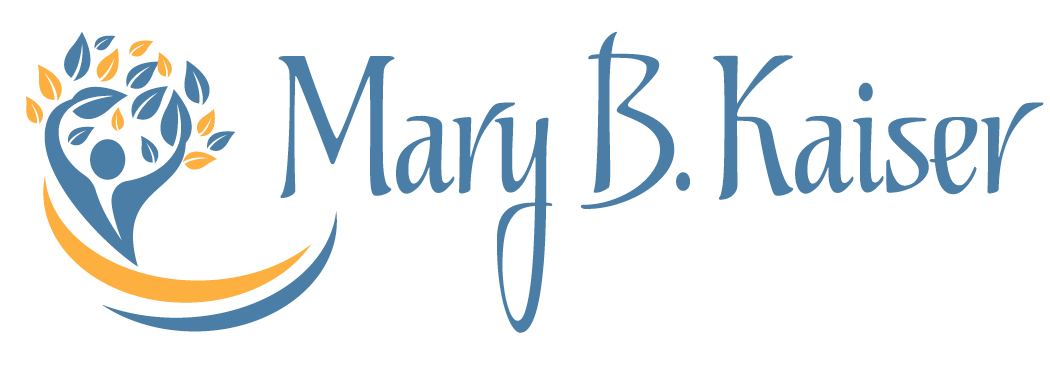As a leadership coach and consultant, I have worked with both large and small organizations on talent development and growing leaders, teams and organizations. Most of the companies I work with are financially successful – hitting targets for profitability and growth -- but many struggle with building talent who will not only grow with the organization but help take it to the next level.
“Ineffective leadership caps the ability of an organization to grow,” says Anderson and Adams in their latest book, Scaling Leadership. I agree wholeheartedly and believe that investing in people development should be a top priority if the goal of your organization is to grow and develop productive individuals and teams.
Here are my top 5 key differentiators for successful talent development.
1. View development as a variety of experiences versus a one-week training course. Leaders should look to leverage various day-to-day experiences for ongoing growth and development opportunities, including regular feedback, shadowing, internal mentors, brown-bag lunches, articles, podcasts, books and more. Many are free or low-cost so that any size organization can take advantage of them.
2. Invest in the right people at the right time. Not all employees have the same motivation or commitment to his/her own development. Leaders who want a positive ROI on time and money for talent development, need to identify mindset readiness in addition to skill set. Both need to be there for significant progress.
3. Create opportunities for safe, “soft” or vertical skills development within the organization. For example, a team member who is challenged to deal with conflict should be presented with opportunities to practice the skill with others. Reading articles or books is great for tips or techniques, but there is no substitute for real-life experiences in the workplace. Comprehensive development requires an understanding of what’s needed on both the “soft” technical or “hard” skills fronts and leaders should focus on improvement in both areas.
4. Differentiate between performance and development. Performance measures how someone is doing in his/her current role. Development is focused on advancing someone’s skill set and involves understanding where the skill/mindset gaps exist and having a game plan that regularly builds for the gap areas. Development also includes ongoing/regular feedback, progress monitoring and planning as jobs/roles change or evolve or as team members scale up to new roles.
5. Maintain a consistent development mindset. Organizations and the leaders who invest in development know that it is not an annual review or goal setting once a year. Development should be viewed as “the norm” and part of the overall culture of the organization. Successful leaders value development. They set standards and make time for individuals to invest in themselves. They create workloads that allow time for people to self-reflect and take stock of what is working/not working at an individual, team and organization level. Effective leaders are the role models for this work and set the stage for all to develop.
